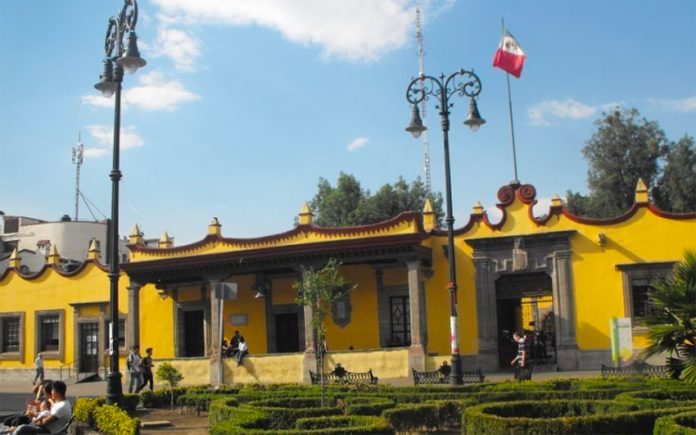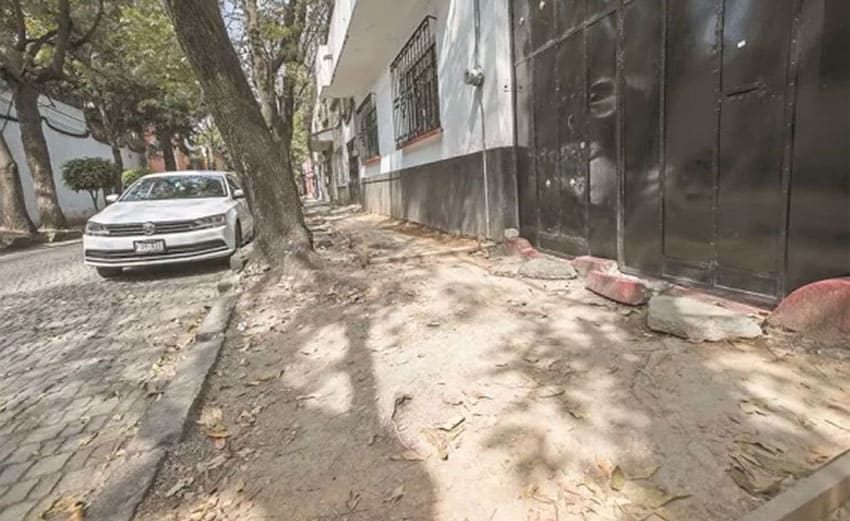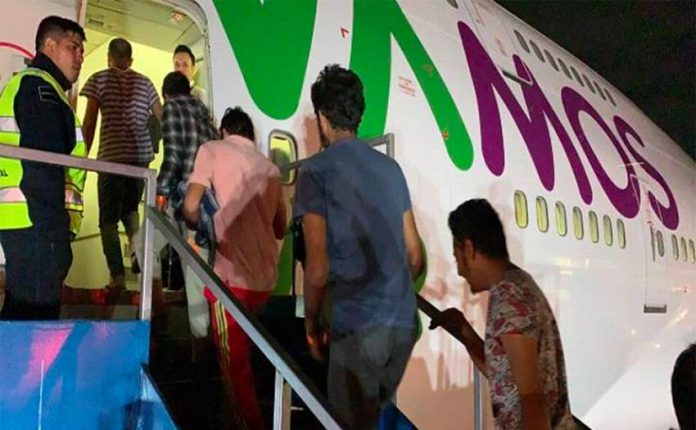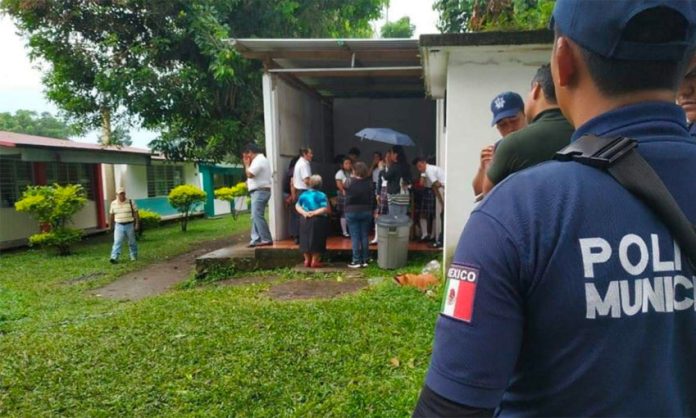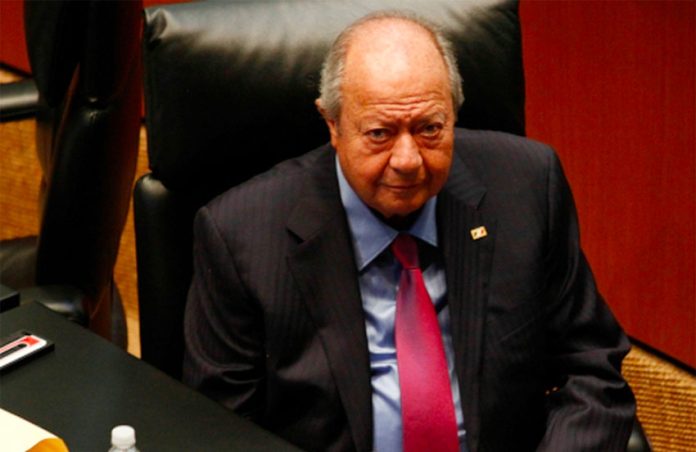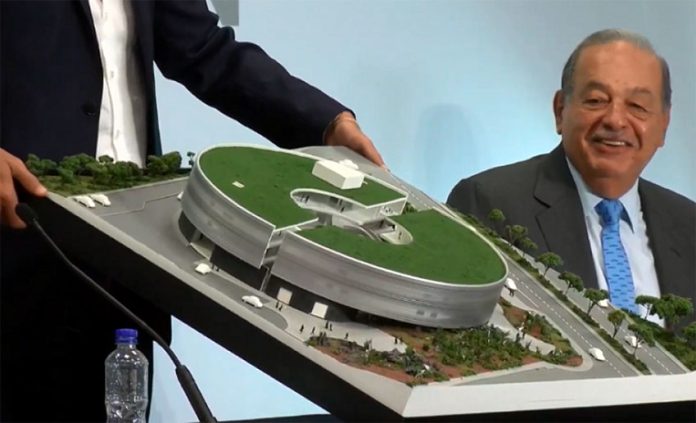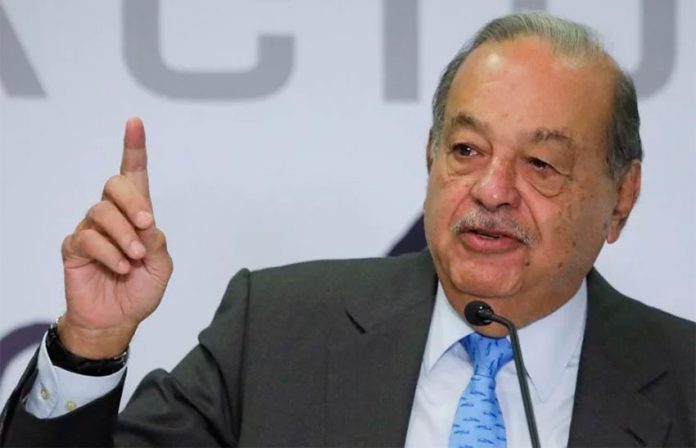President López Obrador officially inaugurated construction of the Santa Lucía airport on Thursday, declaring that it will open in early 2022.
“We’re going to build two runways for civil aviation . . . in two and a half years,” the president said at an event at the Santa Lucía Air Force Base.
“We’re going to be inaugurating this new airport in April of 2022,” López Obrador added before turning to the military architect in charge of the project and asking him to aim for an inauguration date of March 21, 2022.
“I’m sure that this commitment will be met,” he said.
The commencement of construction comes a day after a federal court revoked the seventh and final suspension order against the project, which will officially be called the Felipe Ángeles International Airport.
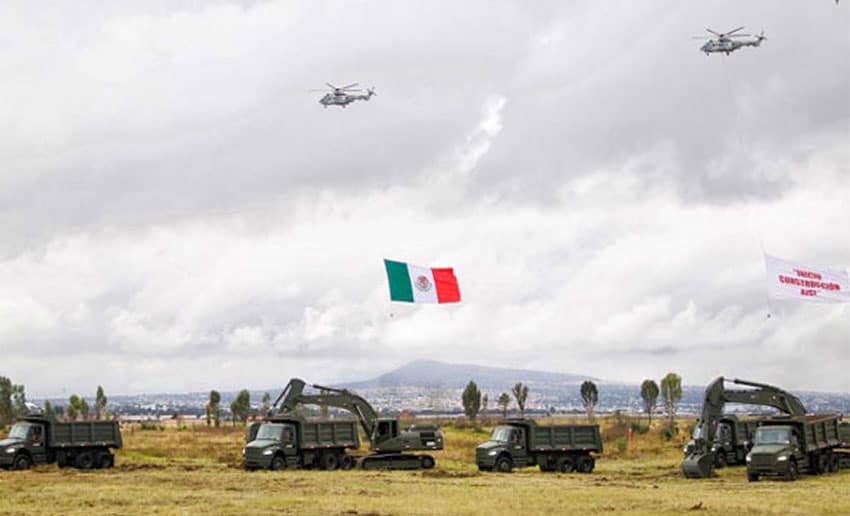
This “is the beginning of an important project,” López Obrador said, adding that the government had shown that it is capable of solving problems “with efficiency, austerity and honesty.”
He renewed his pledge that “all the information about the construction of the airport will be disseminated,” asserting that there will be “complete transparency, absolutely nothing will be hidden.”
The president estimated that construction of the new airport will cost 75 billion pesos (US $3.9 billion).
However, once the expense of canceling the previous government’s airport project and other necessary outlays are factored in, the government will end up paying about 180 billion pesos (US $9.4 billion), López Obrador said.
He pointed out that the figure represents a saving of 120 billion pesos compared to the 300 billion the new airport at Texcoco was expected to cost. López Obrador also stressed that funding for the project is guaranteed.
“We already have the budget, the project will never stop due to a budget shortfall,” he said.
“Why do we believe this option is better than building the airport on Lake Texcoco? . . . History . . . and the facts will speak [for themselves] but I can say in advance that this decision is better because this land is better to build on, there is solid land here, it’s a lake there,” he said.
Prior to López Obrador’s address, presidential legal adviser Julio Scherer Ibarra praised the government for “overcoming the legal obstacles” that delayed the project for months.
The #NoMásDerroches (No More Waste) collective, a group that supported the resumption of the Texcoco project, filed close to 150 injunction requests against the Santa Lucía airport and was granted seven.
The new airport, Scherer said, will bring “great benefits” to the country and fill Mexicans with pride and satisfaction.
“The Santa Lucía airport is a reality today. We shall not allow its construction to cause further division.”
Military architect Gustavo Ricardo Vallejo Suárez, who will head up the defense department team that has been given responsibility for the project, said the challenge is to “design and build an exceptional airport.”
He said that “two hard years of construction work are ahead of us” after which “six months of preparation and certification” will follow prior to opening.
In contrast to a claim made by a lawyer for #NoMásDerroches on Wednesday, Vallejo said the government has all the necessary studies to begin work.

